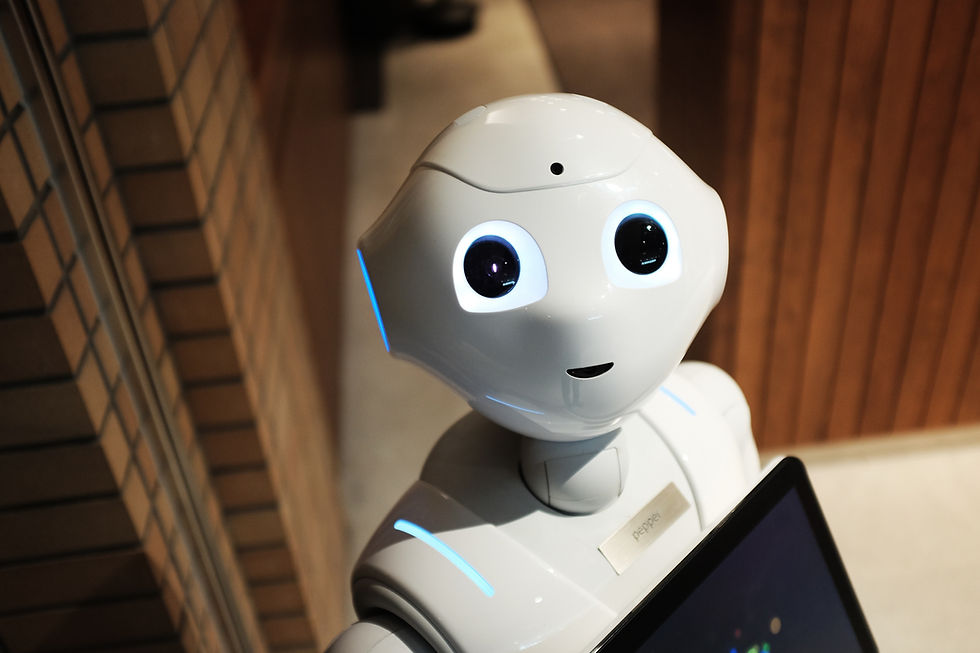The Rise of AI-Powered Hardware: Transforming the Future of Electronics
- support09426
- Feb 2
- 2 min read

In recent years, Artificial Intelligence (AI) has made groundbreaking advancements, but what’s even more exciting is how it’s integrating with hardware design to revolutionize industries. From AI-driven medical devices to smart industrial automation, the fusion of AI and hardware is creating faster, smarter, and more efficient electronic products.
1. AI in Edge Computing: Processing Data Faster
Traditionally, AI models relied on cloud computing, but now, edge AI hardware is changing the game. With AI chips and processors embedded directly into devices, real-time decision-making is possible without relying on the cloud. This is crucial for applications like:
✅ Autonomous vehicles—AI-powered sensors process data instantly for safe navigation.
✅ Healthcare devices—AI-enhanced wearables monitor vital signs and detect anomalies in real time.
✅ Industrial automation—Machines use AI to optimize production, reduce downtime, and improve efficiency.
2. AI-Optimized PCB Design & Embedded Systems
AI is also transforming the way PCBs (Printed Circuit Boards) and embedded systems are designed. Machine learning algorithms can now:
🔹 Predict signal interference and optimize PCB layout
🔹 Automate component selection for better efficiency.
🔹 Improve firmware debugging and performance tuning.
This speeds up development cycles and ensures higher reliability in electronic products.
3. AI-Driven Predictive Maintenance in Hardware
One of the biggest advantages of AI-powered hardware is predictive maintenance. Instead of waiting for devices to fail, AI algorithms analyze sensor data to predict potential breakdowns before they happen. This is widely used in:
⚙️ Manufacturing—Preventing machine failures and reducing costly downtime.
🚆 Transportation—Ensuring vehicle electronics are operating optimally.
🏥 Medical Equipment—Maintaining life-saving devices with proactive servicing.
4. The Future: AI and Neuromorphic Computing
As AI hardware evolves, neuromorphic computing is emerging—creating chips that mimic the way the human brain works. This could lead to:
🧠 Smarter IoT devices that learn and adapt over time.
🔬 AI-powered robotics that enhance automation across industries.
🔋 Energy-efficient processors that reduce power consumption while increasing computational power.
Final Thoughts
The fusion of AI and hardware is no longer the future—it’s happening now. Whether it’s improving medical technology, optimizing electronics manufacturing, or creating smarter consumer devices, AI-driven hardware is shaping the next generation of innovation.

Kommentare